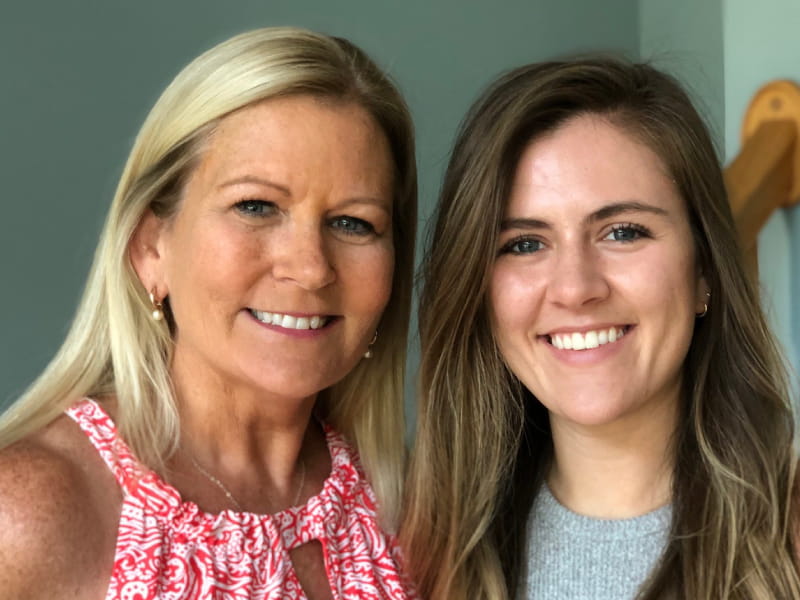If not for 2-year-old, young mom might have died
By American Heart Association News

The night she turned 37, Barbara Jackson put her 2-year-old daughter Olivia Copeland to bed and walked to the kitchen. She felt a little odd but didn't think much of it.
The next thing Barbara remembers, she was in the hospital. Doctors were telling her she was a rare survivor of cardiac arrest. Doctors also said they didn't know why it happened, leaving Barbara concerned it would happen again.
As she tried grasping it all, her then-husband filled in the gaps: He called 911, and the operator told him to perform CPR. He gave chest compressions for 12 minutes, until the paramedics arrived. Her face had turned blue. They considered declaring her dead but decided to keep trying because of Olivia; she had climbed out of bed and was watching.
Over her three weeks in the hospital, Barbara drifted in and out of a coma. She needed therapy to relearn how to use a knife and fork. Doctors also implanted a defibrillator to regulate her heartbeat.
Today, only about 1 in 10 people in the United States who suffer a cardiac arrest outside the hospital survive. When Barbara's heart stopped in 1997, the survival rate was closer to 5%.
Barbara lived in Florida but saw a specialist at Johns Hopkins Hospital when visiting her mom in Maryland six months later. That specialist diagnosed her with long QT syndrome, a disorder of the heart's electrical activity that is better understood now than in 1997. LQTS can cause irregular and dangerous heart rhythms, known as arrhythmias. These arrhythmias can be fatal if not treated.
Some people get LQTS from medical conditions or medications. However, it's often inherited, which meant Olivia might be at risk. That uncertainty – and a lack of information about LQTS in children – was stressful enough that Barbara and Olivia eventually moved to Maryland to be closer to Johns Hopkins.
"Diagnosis is important because with this type of LQTS (type 3), people tend to die in their sleep," Barbara said. She worried about this every night when putting Olivia to bed.
By the time Olivia was 11, genetic testing was advanced enough to confirm she indeed had LQTS. While someone with LQTS may never have an arrhythmia episode, Barbara didn't want to take any chances. She scheduled Olivia for surgery to implant a defibrillator.
Olivia remembers the surgery being scary. Her classmates teased her for having a box in her chest. Kids wouldn't invite her to sleepovers, as their parents feared a heart problem on their watch.
"It was a very lonely time for us," Barbara said.
A year later, Barbara and Olivia got the support they needed through the American Heart Association.
At 13, Olivia became the Heart Hero for the 25th annual Baltimore Heart Ball and relished the opportunity to talk to other children with heart issues.

Olivia, now 24 and living in Florida, can't skydive or scuba dive because of her defibrillator – "I wouldn't do that anyway," she said. But she does compete in mud runs, which involves racing and conquering large obstacles such as scaling rope nets, traversing monkey bars and climbing over walls. Those with genetic forms of LQTS are encouraged to live an active life and exercise, but not to exercise alone, Barbara said.
In addition to telling others to reach out for support if diagnosed with a heart issue, Barbara encourages people to advocate for their own heart health and to know CPR.
She tells people to pay attention to any signs of heart issues, such as chest pain, fainting for no reason or a racing heart. "You can't test long QT on a deceased person."
Stories From the Heart chronicles the inspiring journeys of heart disease and stroke survivors, caregivers and advocates.
If you have questions or comments about this story, please email [email protected].





